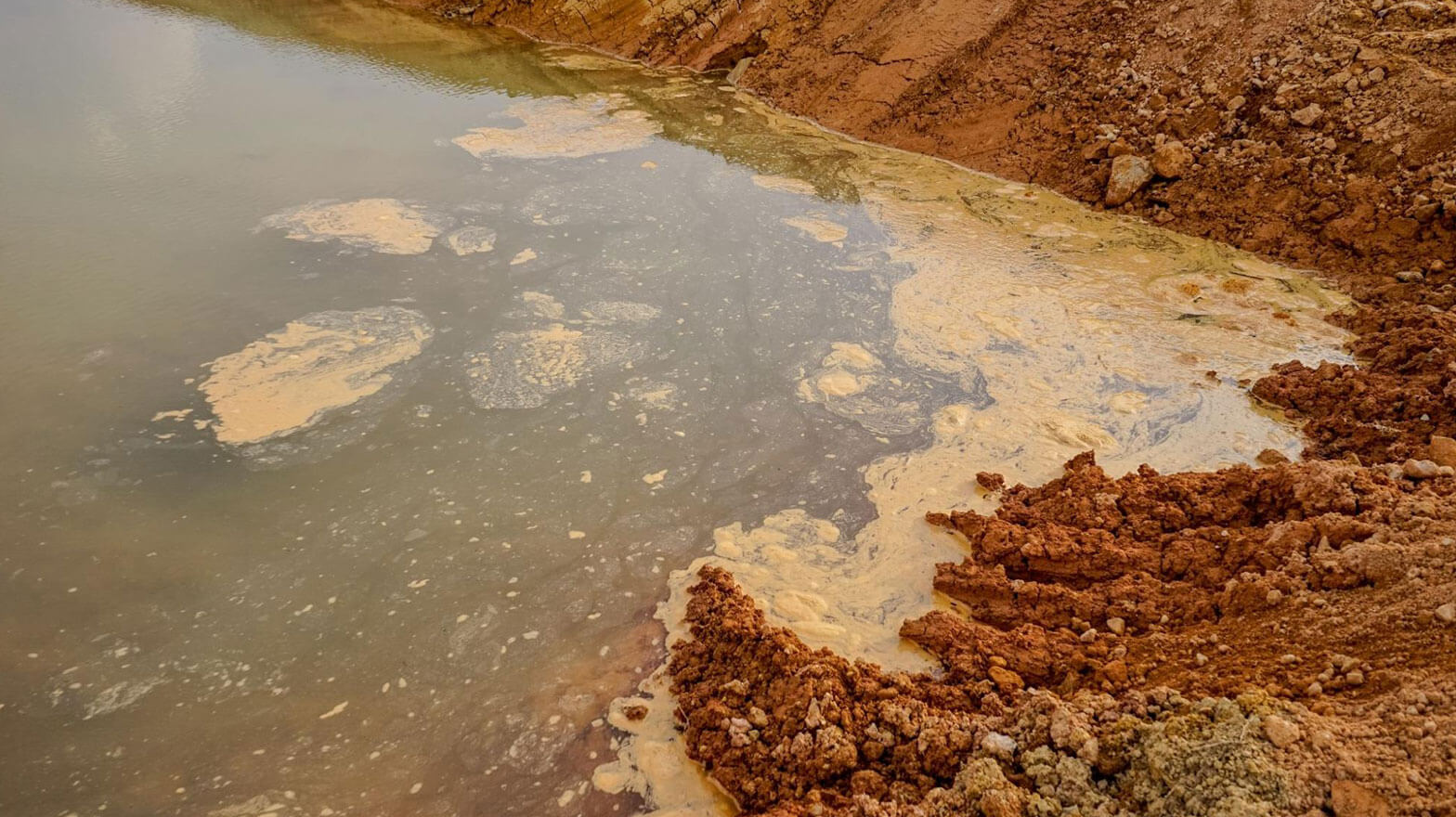11 Ways Construction Pollution Can Be Reduced
A construction business can lose anywhere from $150,000 to $8 million if they are found liable for construction pollution. Such cases of pollution can be sudden or gradual. Oftentimes, businesses stand to lose more if the following occurs:
- Local wildlife or flora is devastated.
- Nearby people are affected.
- Large areas of soil or bodies of water are contaminated.
- Large amounts of pollutants are released.
There is no fixed range regarding how much a business can lose because of pollution liability. This is where pollution liability insurance comes in. Although an ounce of prevention is always better than a pound of cure, pollution liability insurance takes over when preventive measures towards pollution were simply not enough.
This guide talks about various ways to reduce construction pollution. We’ll also talk about pollution liability insurance along the way.
Let’s get started!
Common Types of Construction Pollution
Pollution can be classified as sudden or gradual. Sudden pollution occurs when a harmful pollutant is introduced into the air, soil, or water. Meanwhile, gradual pollution has effects that can only be observed after some time. Both of these types of pollution can come from a construction site. Here are some examples of construction pollution:
- Noise pollution that affects nearby people or wildlife;
- Introduction of mould into a renovated structure;
- Release of asbestos into the air after the demolition of an old building;
- Mismanaged operations leading to the dispersal of large amounts of wood, silica, mineral, and demolition dust;
- Site run-offs that leak into bodies of water;
- Accidental spillage or leaking of fuel or materials into soil or bodies of water; and
- Mishandled storage tanks leading to oil or fuel spills.
For a closer look at the above causes of construction pollution and their consquences, check out our article: 6 Ways Construction Sites Can Be Held Liable For Pollution.

How to Reduce Construction Pollution
Though pollution liability insurance can protect your business from massive losses in the face of pollution liabilities, it’s recommended for construction businesses to be proactive at reducing pollution risks. Pollution liability insurance is only there as a safety net when other measures have failed at keeping construction pollution at bay.
Here are 11 ways to reduce construction pollution from your project site:
1. Source Materials Locally
By sourcing materials locally, you can form a reliable network of easy-to-reach suppliers. You will also be able to reduce the amount of time, fuel, and manpower it takes to transport the materials you need. When the distance driven by transport trucks is less, this reduces the carbon footprint of your business operations.
By reducing time on the road when transporting materials, you also reduce the risk of accidents which could lead to the dumping or leaking of materials (like sand, cement, fuel, and so on) on soil or bodies of water.
2. Keep Transport Trucks Well-Maintained and Drivers Well-Rested
If you have your own commercial vehicles and drivers for transporting materials from site to site, it is important to take care of both the vehicles and the drivers.
Problems with the vehicle at the wrong place and time can cause accidents, which then leads to the spilling or leaking of pollutants (i.e. fuel, sand, cement). Truck driver fatigue is a leading cause of accidents (as well as consequent spills) that can be easily prevented.
3. Make Use of Hybrid Technology
It’s a well-known fact that diesel engines produce large amounts of black carbon and soot into the air. Therefore, power-hungry construction equipment that runs on diesel fuel can be a major source of air pollution.
Although there aren’t many well-known examples of pollution liability cases linked to this type of air pollution, construction companies can still take the initiative to reducing their carbon footprint by opting for hybrid construction equipment. Hybrid machines are equipped with innovative energy solutions that reduce the dependence on diesel fuel.
4. Dispose of Waste Materials Properly and Quickly
Though large debris is the most noticeable type of waste on a construction site, don’t forget about scattered dust or spilled compounds like paint and thinners. It’s best to have protocols in place for cleaning these up as soon as possible. The sooner that waste materials like these are disposed of properly, the less likely they will end up as pollutants in construction site run-offs.
5. Only Work Within the Proper Timeframe
Pollution is not restricted to solids, liquids, or gases. Noise pollution, which is a type of energy pollution, can also lead to pollution liability for construction businesses. Aside from minimizing noise, businesses need to observe the proper timeframe for construction and operating noisy machinery.
Unless exempted by the government, it is illegal to operate outside of the designated hours for the region. If these designated hours aren’t observed, it’s possible to be liable for noise pollution and breaking the law in the process.

6. Use Quieter Tools and Equipment
Another way to minimize the risk of noise pollution is to look into getting quieter tools and equipment, if they are available in your region. These types of equipment aren’t as easy to find, but as technology progresses further, these could soon become the norm.
7. Make Use of Noise Barriers
Noise barriers are temporary structures made of materials that help block sound. If your construction project operates close to people or wildlife, make use of construction noise barriers (i.e. construction sound barriers) to help minimize harmful noise pollution.
8. Secure Loose Materials Like Sand and Cement
Loose materials like sand and cement can easily be blown by the wind or spilled. This is how they become a part of construction site runoff. Keep these materials out of the way so that they are not accidentally knocked over. It would also be best to keep them far away from a nearby body of water to prevent accidental spills.
9. Cover Up the Storm Drains
Covering up storm drains prevents toxic chemicals from being washed away and becoming a part of site runoff, which is a very common source of construction pollution.
10. Check for Asbestos Before Demolishing Old Structures
Before performing any demolition work on old structures, make sure to check for asbestos and do the necessary cleanup. Haplessly demolishing old buildings can release asbestos into the air and cause health problems for people nearby.
11. Handle Storage Tanks Carefully
Storage tanks for fuel are a common component in construction sites. These tanks can be a source of spills which, in most cases, lead to a case of sudden construction pollution. Therefore, utmost care is needed when handling or transporting storage tanks.
Get Customized Pollution Liability Insurance That You Can Count On
When all precautions against construction pollution fail, pollution liability insurance has your back. This type of insurance covers the legal fees, settlement fees, cleanup costs, and emergency response costs that arise from pollution liability. This is why this type of insurance is vital for construction companies.
With Contractors Insurance, you can get pollution liability insurance tailored to your needs and preferences. Our award-winning team is here to assist you with all your commercial insurance needs.
If you have questions about construction pollution liability insurance, contact us today!
BACK TO ALL ARTICLES





Leave a Reply
Required fields are marked *
Leave a Comment